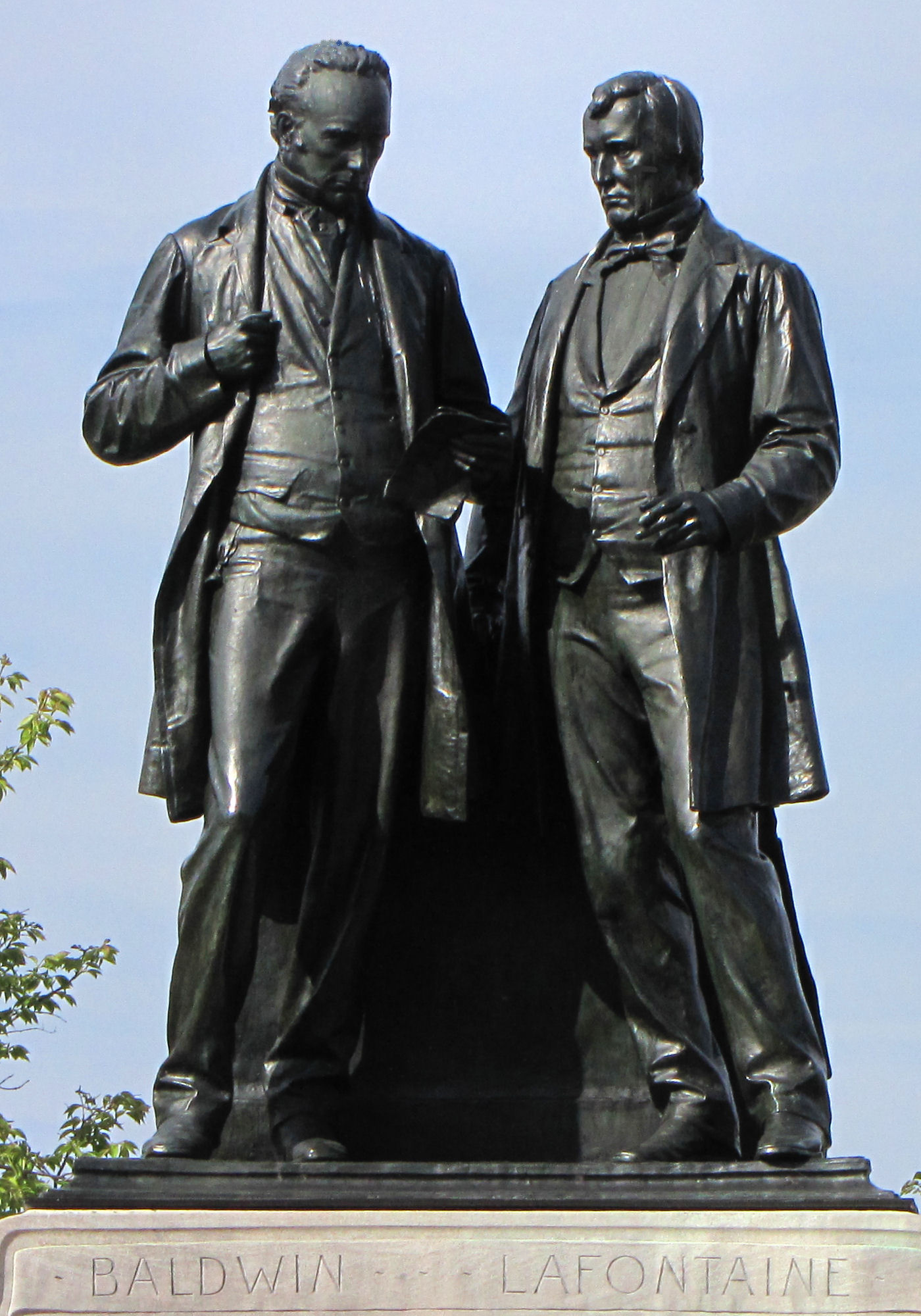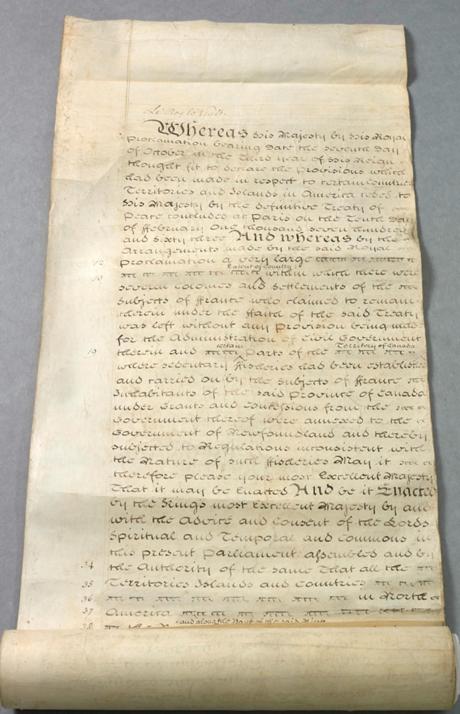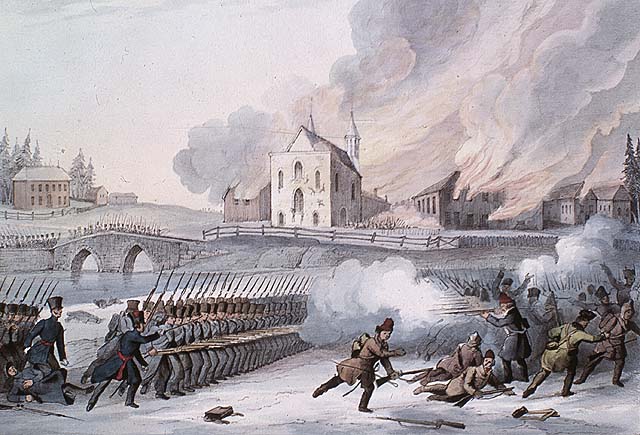Article
Prince Rupert
Prince Rupert, BC, incorporated as a city in 1910, population 12,300 (2021 census), 12,220 (2016 census). The City of Prince Rupert is located on Kaien Island, at the mouth of the Skeena River in the Coast Mountains of British Columbia. It is Canada's wettest city, with an average of 2,619 mm of precipitation falling each year. Prince Rupert marks western end of the Yellowhead Trans-Canada Highway and, as Canada's deepest ice-free seaport, a link between the lower United States, Vancouver and Alaska (see also Iconic Highways in Canada). For these reasons it is the industrial, commercial and institutional centre for BC's Northwest Coast.










